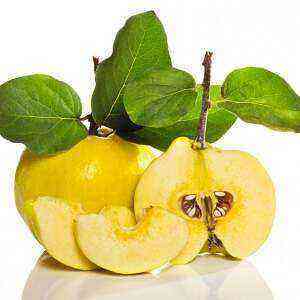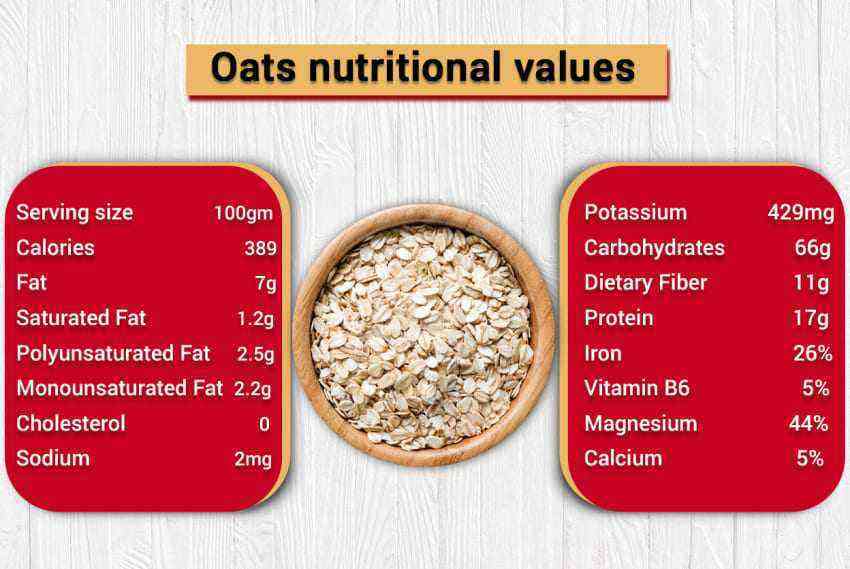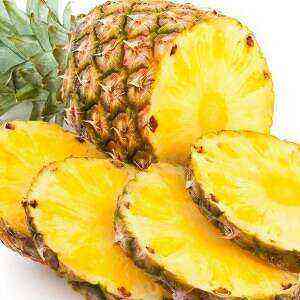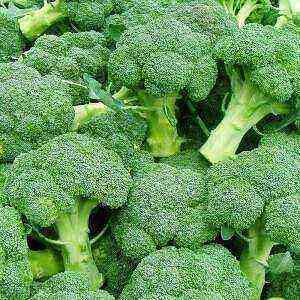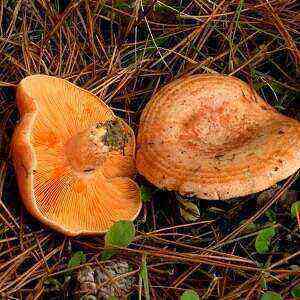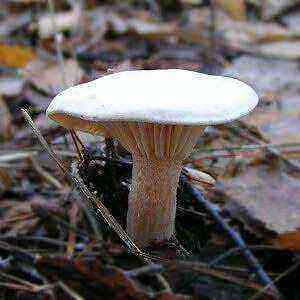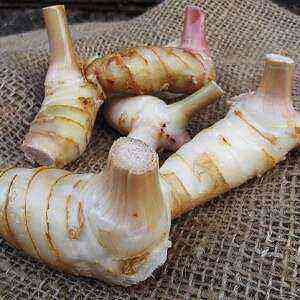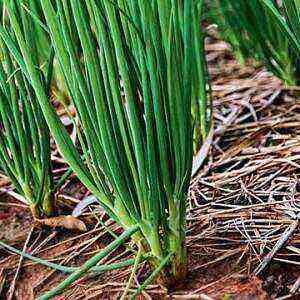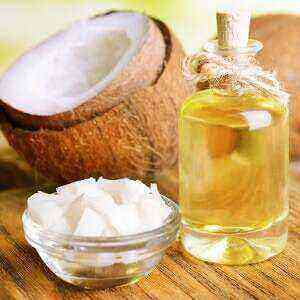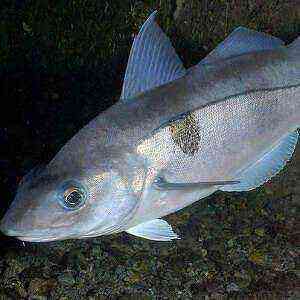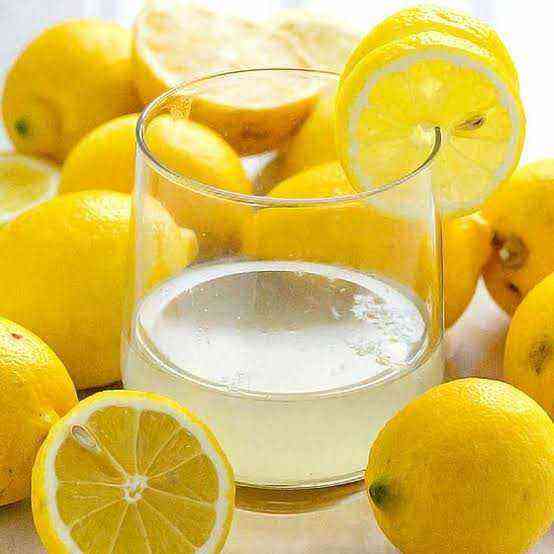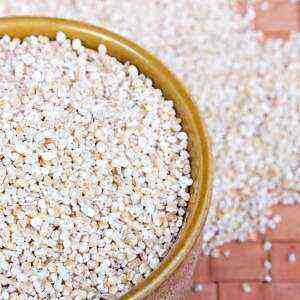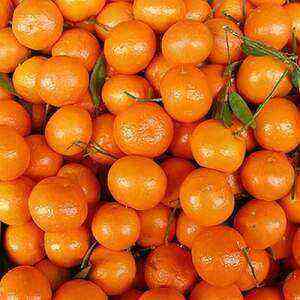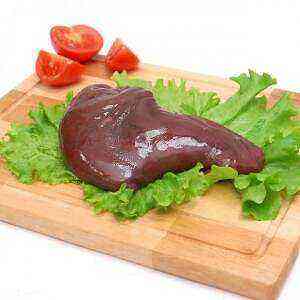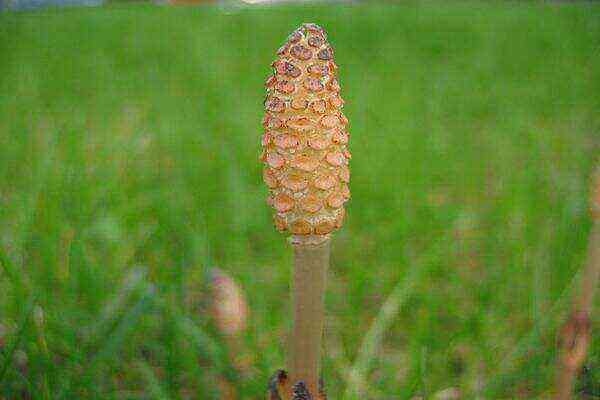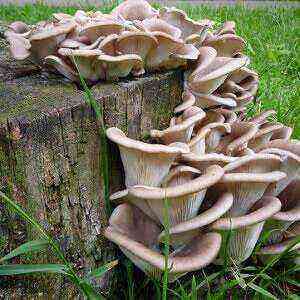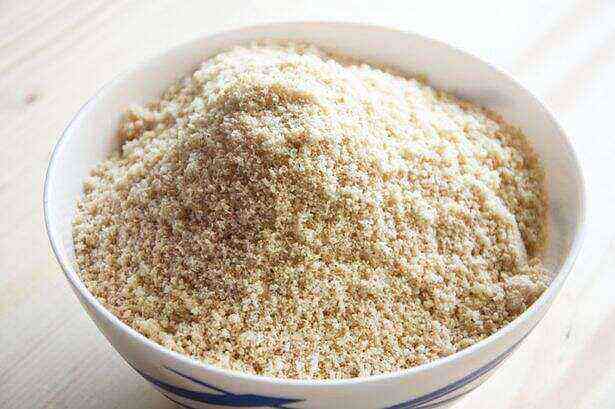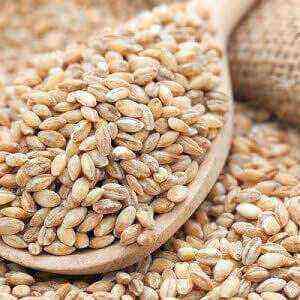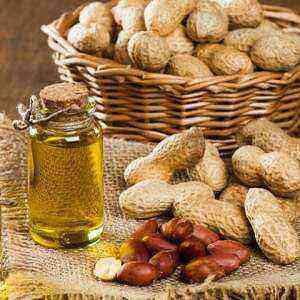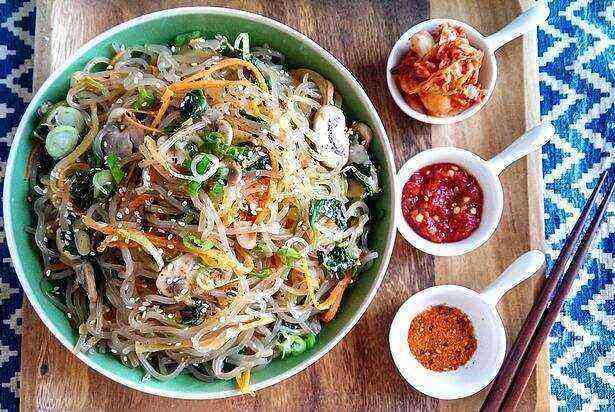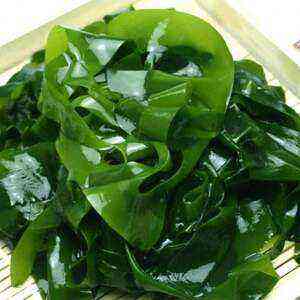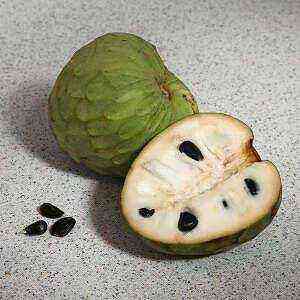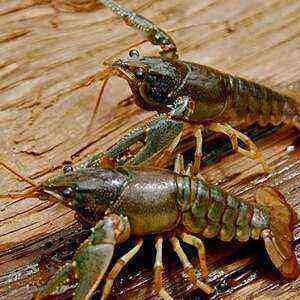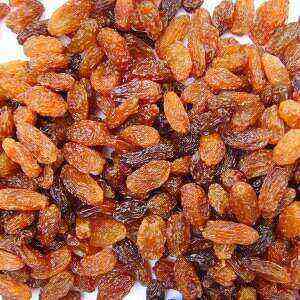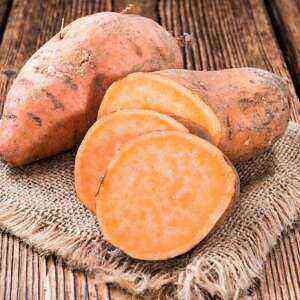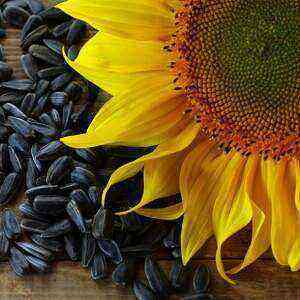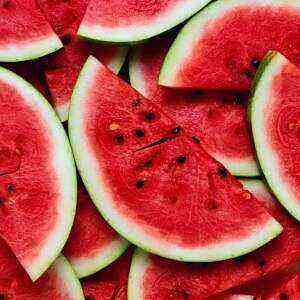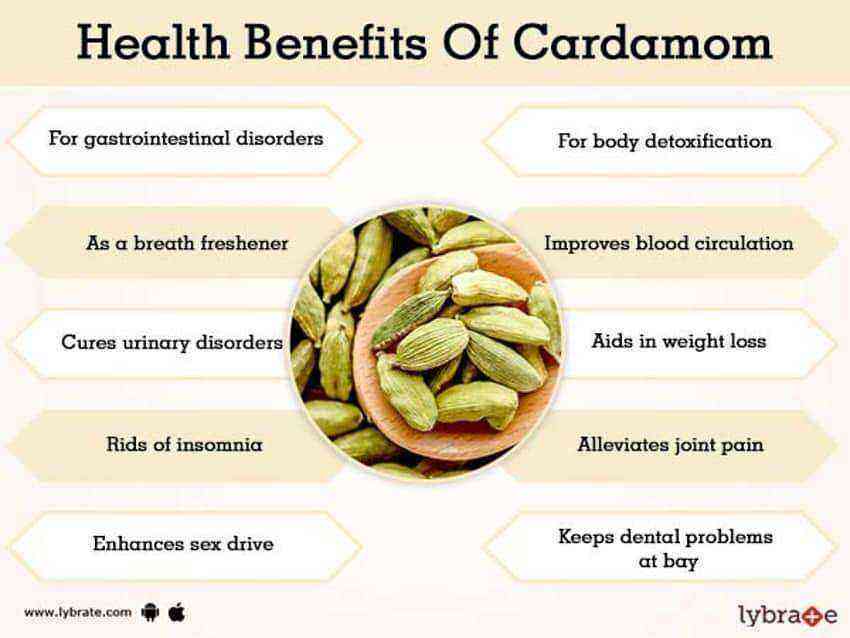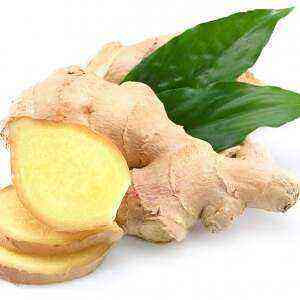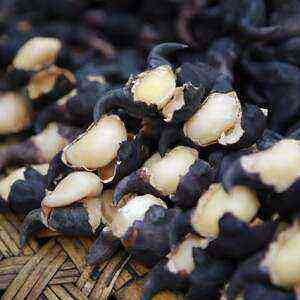 Chilim, water chestnut, bloody nut, rogulnik – all this is the name of the same plant. Its Latin name (Trápa nátans) comes from the word “slingshot” or “flier”. And indeed, the fruits of this relict plant resemble a little the “flier” used in ancient Rome in battles against cavalry.
Chilim, water chestnut, bloody nut, rogulnik – all this is the name of the same plant. Its Latin name (Trápa nátans) comes from the word “slingshot” or “flier”. And indeed, the fruits of this relict plant resemble a little the “flier” used in ancient Rome in battles against cavalry.
This plant is so ancient that it is quite difficult to determine where it came from. It has spread throughout the world and grows in China, India, Japan, Africa, North America and Russia. By the way, in Russia, its vast deposit was in the Volga delta. In addition, in many Eastern countries there are special pools for the cultivation and cultivation of Chilim. At one time, water chestnut was included in the Red Book of Russia.
It is interesting that the most important distributor of the nut were moose and deer, representatives of large ungulates, who often stuck to their fur at watering places and traveled with them to various bodies of water. However, their numbers gradually decreased. And if we say that Chilim was used by the demand of the inhabitants of the surrounding villages, then its area was greatly reduced. But later, around 2008, its popularization increased, and water chestnut was excluded from the Red Book. At the same time, it remains under protection in many regions of Russia and other countries.
Botanical description
The water nut has an interesting unusual appearance. Its long thin stem is attached to the bottom of the reservoirs by roots, like an anchor. If the plant suddenly comes off, then it calmly floats until it reaches the bank and again grows to the bottom. It clings to the bottom with thin roots, or uses last year’s walnut for this. Chilim loves quiet, calm waters with a small flow: lakes, backwaters of slowly flowing rivers.
Water chestnut grows in fresh water in large areas. On the stem, it has threadlike leaves, and the surface leaves of the rhombic jagged form form a beautiful rosette on the top, gently swaying on the surface of the reservoir. Chilim has a green color, and by the autumn the leaves turn yellow-orange, creating a bright splendor on the water surface. Flowering rogulnik in July. From leaf sinuses grow white flowers with four petals. They can be seen either in the early morning or at sunset. In the daytime, the walnut flowers lurk under the water, where their pollination occurs.
Rogul, by the way, is a self-pollinating plant. In the fall above the water you can see the horned fruit of the walnut, frightening off with its type of fish and birds. It is supported on the water with the help of an air bubble formed in the cuttings of the leaves. The fruit is dark, brown-brown in color, having four pointed spikes resembling horns. Actually, because of this, the plant got the name bloody nut or rogulnik, that is, horned nut. In the deep autumn, the stalk of a water nut decays, and the fruit sinks to the bottom and is attached to it with outgrowths. And by the spring of it already appears a new young plant. Chilim, as can be seen from the above, is an annual plant.
Planting, care and breeding
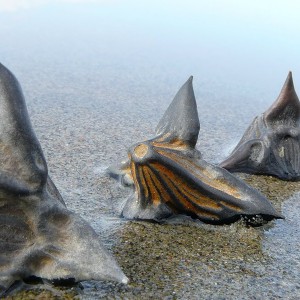 Chilim is planted in a warm, non-freezing reservoir. If there is a good fertile soil at the bottom – the nuts are thrown into the pond, if there is no soil – the fruits are planted in a container, which is then flooded. At home, if you put a nut in a jar of water in winter, it will germinate in the spring.
Chilim is planted in a warm, non-freezing reservoir. If there is a good fertile soil at the bottom – the nuts are thrown into the pond, if there is no soil – the fruits are planted in a container, which is then flooded. At home, if you put a nut in a jar of water in winter, it will germinate in the spring.
A prerequisite for the successful cultivation of a rodent is the absence of large mollusks in the pond, who like to eat young sprouts. Chilim propagated by seeds that grow from the fruit. In spring, the fruits of the Chilim are thrown into the water or planted in small pots, which are then placed in a heated shallow reservoir. Seeds begin to germinate when water reaches a temperature of 25 degrees Celsius. If the plant has already begun to appear surface leaves, then it should be transplanted into a deeper pond. This can be done quite painlessly, since the water nut has no roots, and therefore it is safe to move them from place to place.
Nutrition value and chemical composition
The energy value of the rodent is 200 kcal.
As can be seen from the table, the flyer is rich in starch and very high in calories.
The chemical composition of the plant is represented by various minerals, such as:
It can also be noted in it the presence of tannins, vitamins, flavonoids, nitrogenous substances and other elements.
Useful properties of water chestnuts
 Now this plant is not widely known, but in ancient times it was widely used in food and for the preparation of medicines in traditional medicine. Currently, this very useful product is rarely used. Absolutely all parts of a plant are useful: grains, fruits, leaves, flowers. But the nut itself is considered the most useful and nutritious.
Now this plant is not widely known, but in ancient times it was widely used in food and for the preparation of medicines in traditional medicine. Currently, this very useful product is rarely used. Absolutely all parts of a plant are useful: grains, fruits, leaves, flowers. But the nut itself is considered the most useful and nutritious.
Flour and cereal are made from chillim grains, they are very healthy and tasty at the same time. In culinary, fruit can be prepared using various properties: they are fried, boiled, baked and eaten raw. Sweet pastry treats are prepared from it and used for baking and preserving. By the way, there was a time when chilim literally saved people from hunger. The habits of the peoples who eat this nut are varied. For example, in eastern countries it is a sweet. It is served with sugar or with honey. And in India it is customary to eat it abundantly with seasoned spices. When roasted, the fruits of chillim strongly resemble roasted chestnuts in taste. In Altai, the flyer was famous as a talisman. It was believed that it brings good luck and protects the hearth from evil spells.
Due to its unusual appearance, water chestnut is often used as a souvenir for sale. It is dried, painted, opened with varnish. After that, various magnets, statuettes, and talismans are made from a rosary. Or simply used as decorations in apartments. The leaves and fruits of nuts are tasty and healthy food for wild and domestic animals. Especially this plant like pigs.
Keep chilim best untreated in a cool place. If the nut has already been rid of the rind, then it should be consumed within 2 days, otherwise it will become bitter and tasteless.
Cooking application
Watermelon Recipes
Ragout stew:
- apples – 250 g;
- nut kernels – 250 g;
- butter;
- sugar.
Put walnut kernels until tender. Peel the apples and cut into cubes. Add fruit, butter and sugar to the nuts and simmer again until the apples are soft.
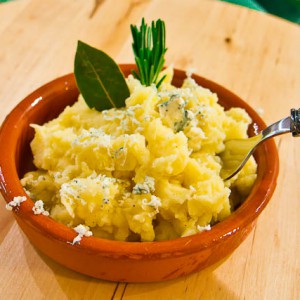 Mashed potatoes:
Mashed potatoes:
- water nut kernels – 300 g;
- milk – 1 glass;
- butter;
- salt;
- sugar.
It turns out that delicious nutritious mashed potatoes can be prepared not only from potatoes. In principle, the recipe is the same, only ripe chilli is used instead of potatoes. Boil the nuts, crush and add salt, butter, milk and sugar. Mix all this and let stand.
Chilima can be prepared and the first dishes. In them, water chestnut can also act as a substitute for potatoes. Porridge made from it, you can serve the guests as an exquisite, nutritious and healthy food. Hardly anyone of them had tried this delicious nut before.
The use of chilim in traditional medicine
The water nut found wide application in east medicine. The wise men of Tibet, China, Japan and India use its healing properties for kidney disease, the treatment of impotence, dyspepsia and dysentery. People who constantly use chilim for food, practically do not get sick with the flu and are less susceptible to seasonal diseases. And all because water chestnut has a pronounced antiviral and tonic effect. Infusions from it help to rehabilitate after heavy operations, as it enhances immunity and promotes faster recovery.
Rogul, thanks to the useful components in its composition, can be used as a choleretic and diuretic, relieve cramps and soothe the nerves. Water nut juice is often used for eye diseases, as well as smearing them with bites of insects and snakes. Often in a crushed form, it is used for purulent tonsillitis, rinsing infusion of it affected areas of the throat.
Water chestnut has not bypassed such an area as cosmetology. Its infusion is used to cleanse the skin, get rid of acne and relieve the inflammatory process. A useful substance, such as trapazid, is extracted from the rodent, which strengthens all layers of the epidermis and is part of the preparations for atherosclerosis. And dry crushed leaves of chilim are used as an antiseptic. They are covered with wounds and abrasions.
Recipes of traditional medicine
In folk medicine, Chilim is used in various forms: decoctions and infusions are made from it, squeezed juice is made from leaves and stems, and dried raw materials are also used.
Infusion of the rogulnik helps in the treatment of influenza and viral infections, and also produces a calming effect. To prepare the infusion, you need 2 tablespoons of a dry plant to boil in boiling water, cool and filter through gauze. Drink 3 once a day.
Rogul juice is used to treat ophthalmic diseases. Leaves and stems well washed and finely chopped. Squeeze the juice through cheesecloth and dilute with boiling water 1: 1. Juice can be drunk, and can be used as eye drops.
Tincture of nuts is taken to clean the vessels. Rinse the fruits, grind and pour vodka or diluted alcohol in the ratio of half a liter of alcohol to 150 grams of nuts. Insist remedy for two weeks in a dark place. Every day, tincture needs to be mixed. After cooking, filter and take the finished product 3 times a day before meals, 25 grams.
There are no contraindications to the use of water chestnut. It is not recommended to use it only for those who have discovered individual intolerance to the plant.
conclusions
Water chestnut is a relic of plants. In antiquity, it was often eaten and used in the manufacture of various drugs that were used in medicine. But nowadays its useful properties are almost forgotten, only Oriental wise men still appreciate and use this product everywhere. But from it you can cook not only delicious dishes, but also be used for cosmetic and medical purposes. That undoubtedly would have to be by the way, because there are no side effects from the use of the rodent
Chilim is a beautiful plant. Its fruits have a mysterious shape and are often used to make various decorations and ornaments. Previously, talismans and amulets were also made of them, believing that this nut brings good luck, happiness, and protects from evil.
